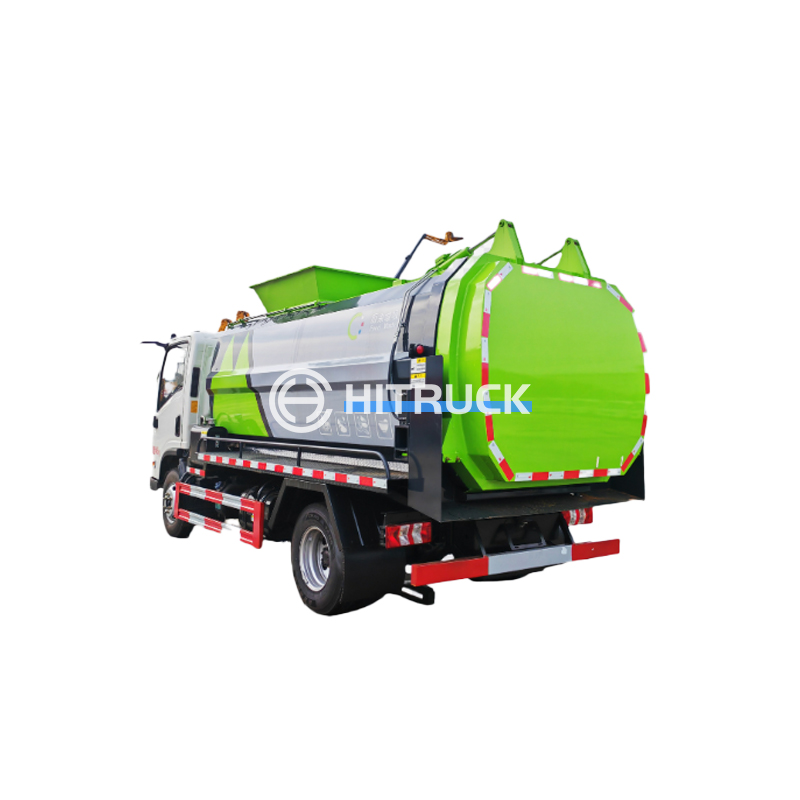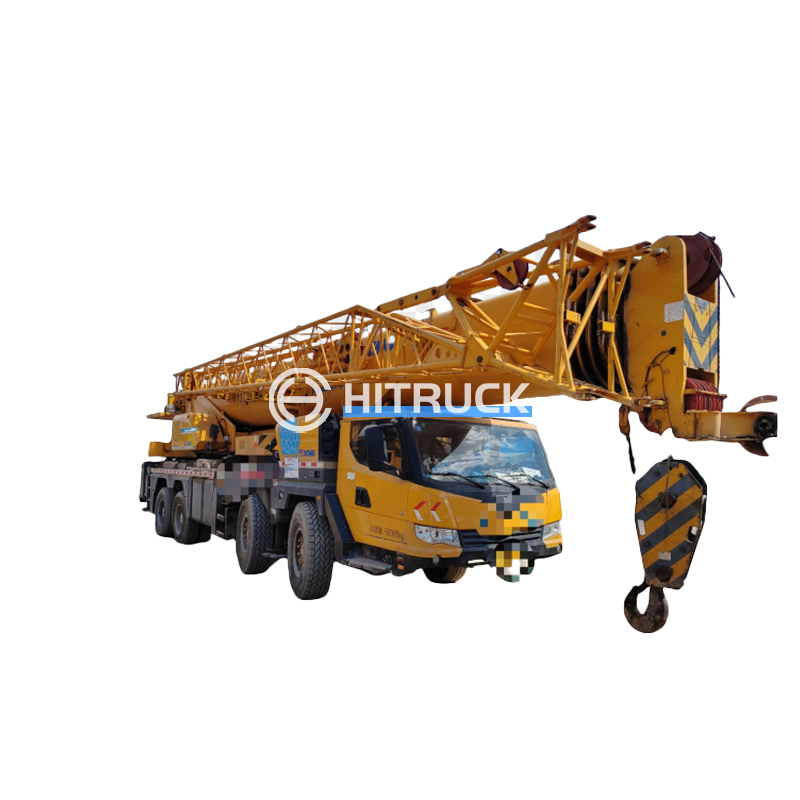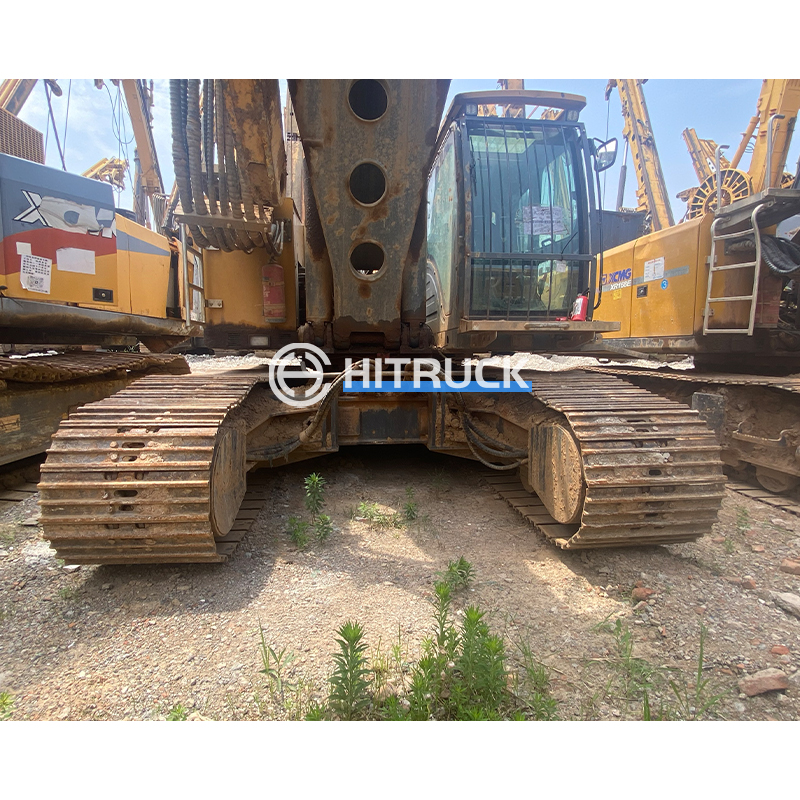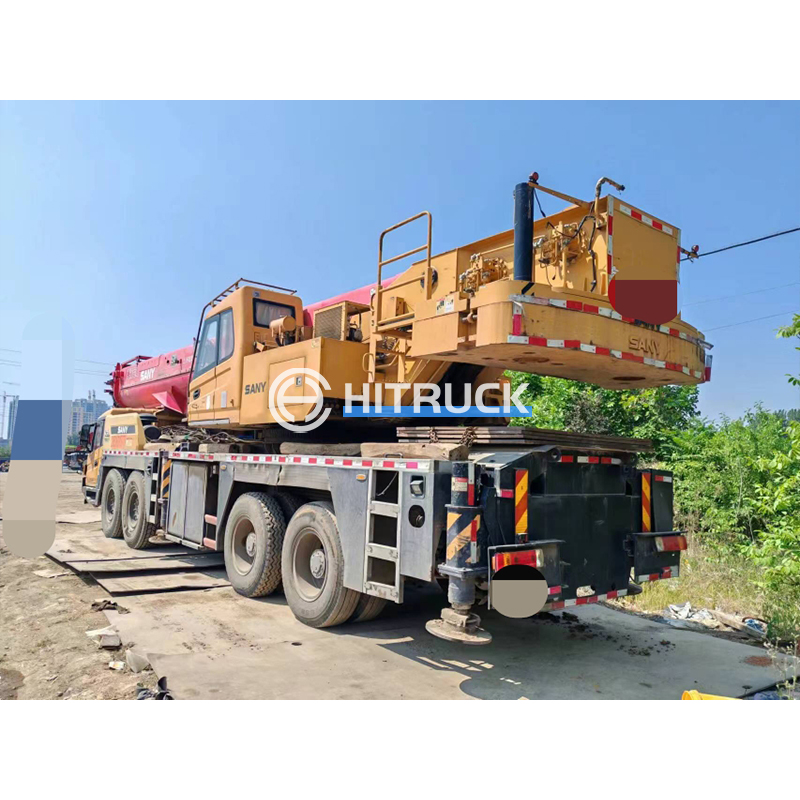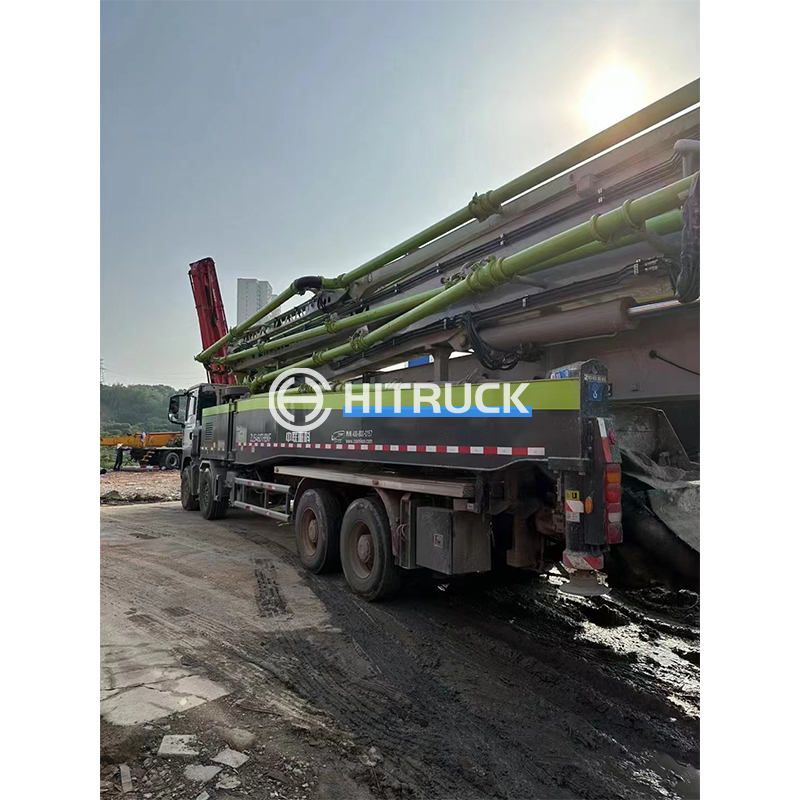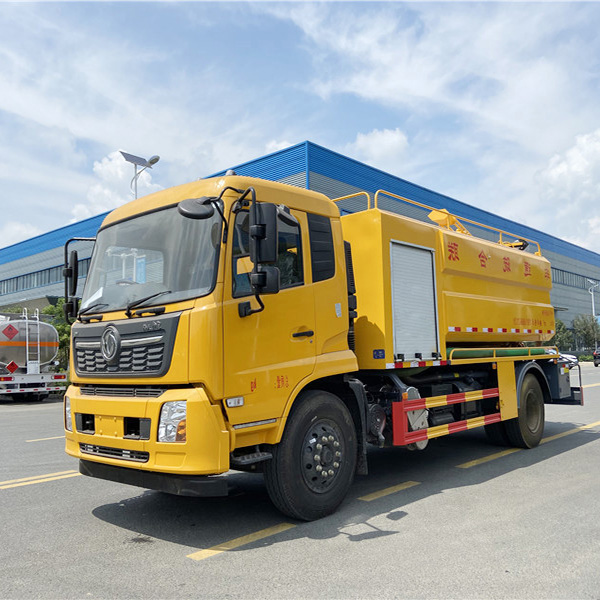Understanding and Selecting the Right Pump Mixer Truck
This guide provides a comprehensive overview of pump mixer trucks, covering their various types, functionalities, applications, and key considerations for selection. We’ll explore the essential features to look for, helping you make an informed decision based on your specific needs. Whether you’re a construction professional, contractor, or simply researching this specialized equipment, this guide will provide valuable insights.
Types of Pump Mixer Trucks
Concrete Pump Mixer Trucks
These pump mixer trucks are designed to simultaneously mix and pump concrete. They offer a streamlined solution for projects requiring both mixing and delivery of concrete directly to the point of placement. Efficiency is a key advantage, reducing the need for separate mixing and pumping equipment. Look for features like efficient mixing drums, reliable pumping systems, and user-friendly controls. Consider the capacity of the mixing drum and the pumping range to ensure it suits your project’s scale.
Transit Mixer Trucks with Separate Pumps
This setup involves a traditional transit mixer truck combined with a separate concrete pump. This allows for greater flexibility as you can utilize the mixer for transportation and the pump for placement independently. This configuration may be suitable for larger projects or situations demanding higher pumping capacity than a combined unit could provide. The key consideration is coordination between the mixer and pump operations to maintain efficiency.
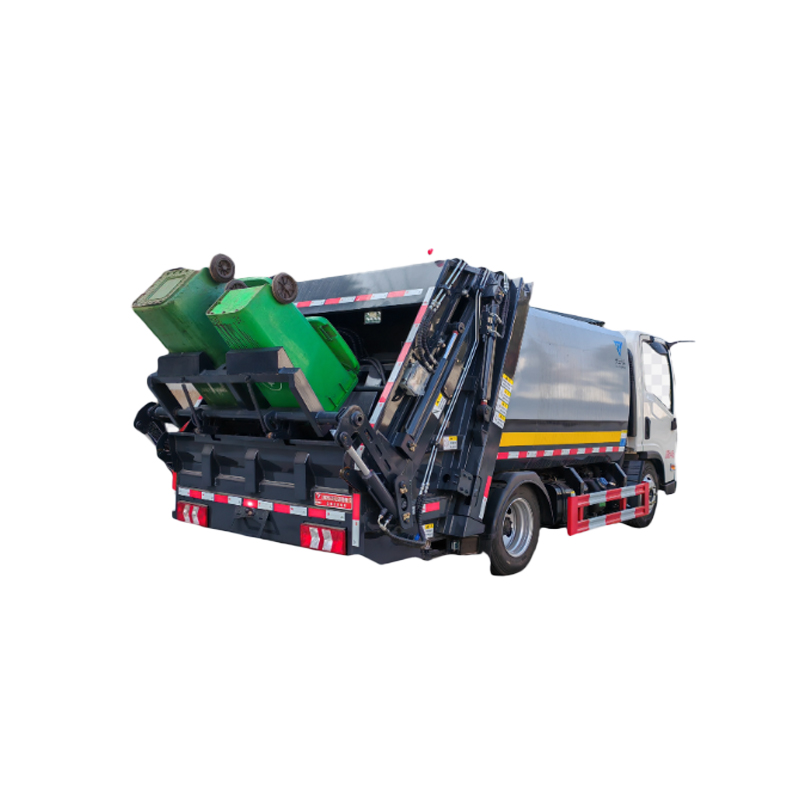
Key Features to Consider When Choosing a Pump Mixer Truck
Pumping Capacity and Range
The pumping capacity (measured in cubic meters per hour) and range (horizontal and vertical distances) are critical factors. These specifications determine the scale of projects the truck can handle. Higher capacity and longer range are beneficial for large-scale construction projects but come with a higher price point.
Mixing Drum Capacity
The size of the mixing drum influences the amount of concrete the truck can mix and transport per batch. Select a drum size that aligns with the project’s concrete requirements to maximize efficiency and minimize downtime.
Engine Power and Fuel Efficiency
A powerful engine ensures reliable operation under demanding conditions. However, fuel efficiency is also a significant factor, impacting operational costs. Look for trucks with fuel-efficient engines and optimized hydraulic systems.
Maneuverability and Accessibility
Consider the truck’s maneuverability, particularly for projects in tight spaces or with difficult access points. Features like a shorter wheelbase or articulated steering can improve maneuverability.
Maintenance and Operational Costs
Beyond the initial purchase price, factor in maintenance and operational costs. These include fuel consumption, routine servicing, repairs, and potential downtime. Reliable trucks with readily available parts and a strong service network minimize these expenses.
Finding the Right Pump Mixer Truck for Your Needs
Selecting the appropriate pump mixer truck requires careful consideration of your project’s specific requirements. Factors such as project size, concrete volume, site accessibility, and budget should all be taken into account. Consult with equipment suppliers like Suizhou Haicang Automobile sales Co., LTD to discuss your needs and explore available options.

Comparison of Pump Mixer Truck Types
| Feature | Concrete Pump Mixer Truck | Transit Mixer with Separate Pump |
| Efficiency | High – Single unit operation | Moderate – Requires coordination |
| Flexibility | Lower – Limited by combined unit capabilities | Higher – Separate units allow for adaptability |
| Cost | Potentially lower initial cost | Higher initial cost due to two separate units |
Remember to always consult with professionals and conduct thorough research before making any purchasing decisions.




